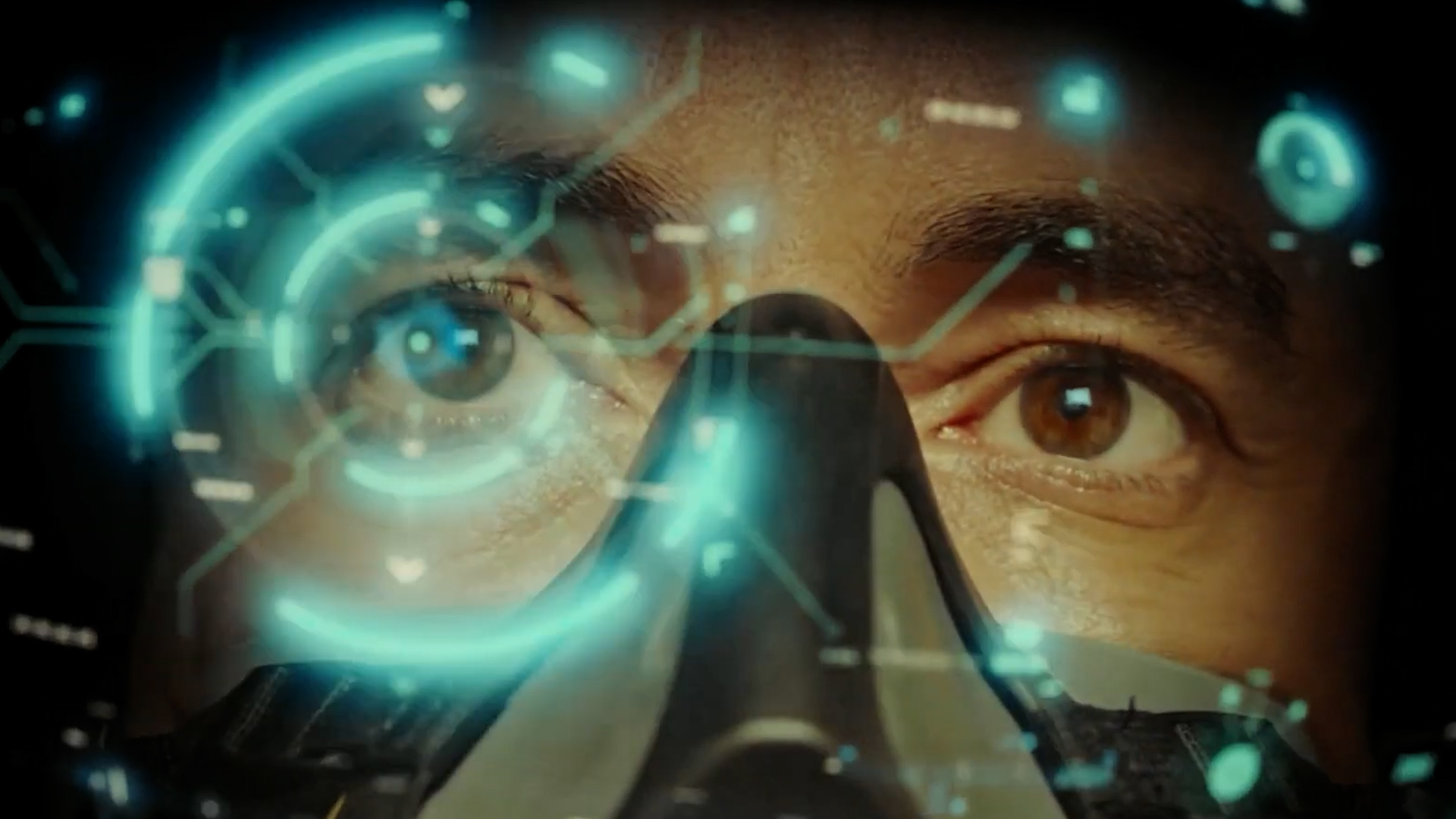A Florida-based defense technology company is offering a bold solution to one of the U.S. Air Force’s most pressing challenges: training and retaining enough qualified pilots. What was once viewed as a short-term problem is now a generational one.
The Air Force has been short roughly 2,000 pilots for more than a decade, according to Heather Penney, a senior resident fellow at the Mitchell Institute for Aerospace Studies.
“If we don’t have experienced fighter pilots, we risk the outcome not just of the mission, but the entire operation, or even the war,” Penney said. “This is a long-term problem that we’re not going to see the outcomes of for five to maybe even 10 years.”
What is ATARS?
Red 6, founded in 2018 by former Royal Air Force fighter pilot Daniel Robinson, developed the Airborne Tactical Augmented Reality System (ATARS), a platform that allows pilots to train against virtual threats while flying real aircraft. The system blends augmented and mixed reality to create immersive, data-driven training environments that simulate high-speed combat scenarios. It places an augmented reality (AR) system inside the cockpit of a real aircraft rather than a simulator.
“We asked ourselves, could we make simulation work outdoors, up in the sky?” Robinson said. “That was the genesis of the idea for ATARS — the ability to create virtual, synthetic worlds, but up in the sky, such that pilots in real airplanes physically are interacting with digital content and digital environments.”
Next-generation training solutions
For decades, the Air Force used aerial combat exercises, such as Red Flag at Nellis Air Force Base in Nevada, to gather fighters, bombers and refuelers to simulate real-world combat solutions. Those exercises required a lot of man-hours, logistics and a large budget. Now, Red 6’s ATARS system can offer similar training scenarios at a fraction of the cost.
Red 6’s technology is designed to work in any weather and on any flight helmet. It enables pilots to experience realistic combat scenarios, including surface-to-air missile threats and air-to-air refueling.
“You’d see a surface-to-air missile launch. You can see the boost, the sustain phase. You see the smoke trail. You can see whether it’s taking lead and lag,” Robinson said. “You get to fly the airplane against it, deploy countermeasures, physically try and defeat it with endgame maneuvers. That level of realism training will save lives, and we’ve never in our history been able to do it.”
The system also helps prepare pilots for complex maneuvers like in-air refueling, which Robinson described as “scary by day, and terrifying at night.” With ATARS, pilots can practice these scenarios repeatedly before ever attempting them in real life.
Who is else is using ATARS?
Red 6 is already working with multiple training platforms and has begun expanding its reach beyond the Air Force to include the Navy, Marine Corps, and the U.K. Ministry of Defence.
“I think what we’ve actually done is create a new market,” Robinson said. “This is the solution to how we’ll train in the future.”
Access the full Weapons and Warfare episode here.
Access all Weapons and Warfare podcast episodes here.
